Why are Clean Label Project Purity Award “winning” products testing positive for Lead, Cadmium, Mercury, & Arsenic?
For those new to the Lead Safe Mama website:
Tamara Rubin is a multiple-federal-award-winning independent advocate for childhood Lead poisoning prevention and consumer goods safety, and a documentary filmmaker. She is also a mother of Lead-poisoned children (two of her four sons were acutely Lead-poisoned in 2005).
- Tamara owns and runs Lead Safe Mama, LLC — a unique community collaborative woman-owned small business for childhood Lead poisoning prevention and consumer goods safety.
- Since July of 2022, the work of Lead Safe Mama, LLC has been responsible for five product recalls (FDA and CPSC).
- All test results reported on this website are science-based, accurate, and replicable.
- Please check out our press page to see some of the amazing coverage of our work so far this year!
Published: Monday — June 24, 2024
Why are Clean Label Project Purity Award-recipient food brand products testing positive for heavy metals (including Lead, Cadmium, Mercury, and Arsenic)? This is an excellent question! But it needs to be answered in three parts:
- Public Impressions/ Expectations
- Context for the testing Lead Safe Mama, LLC completes (standards we are using to mark safe vs. unsafe levels)
- “Serving Size,” as listed (anticipated/ projected by manufacturers)
Section 1.) Public Impressions/ Expectations
Regardless of the intentions behind the marketing for the Clean Label Project Purity Award, the language used has been chosen and crafted very deliberately. This language expressly leads its consumers to believe the products are “free from” the toxicants and other contaminants that the Clean Label Project tests for.
When the Clean Label Project says they “test for 200 contaminants” — even 400 contaminants, whatever they might claim — it is reasonable for parents purchasing these products to expect these products for their children will not contain these toxicants and that the product(s) in question is(are) therefore “pure” and “clean.” This language is fundamentally misleading, as is demonstrated over and over again through the public’s response to the alarming results of the lab-testing (on Clean Label Project Purity Award Products) coordinated by Lead Safe Mama, LLC, and follow-up testing conducted by Consumer Reports.
Public expectations matter.
The fact that the public believes these products will be “clean,” (meaning truly free from potent metallic neurotoxicants) is a crafted impression the Clean Label Project created by design, for which they need to be held accountable (though they have not currently acknowledged responsibility for). If the Clean Label Project wanted consumers to have a different impression of what their “Clean”/ “Purity” award meant, they should have chosen different language to accompany the award.
Key point: Clean Label Project espouses “transparency“ with the language on their website, yet specifically — with their stated business model — does not make the actual test results for the products they test freely available or accessible to the public. (When I visited with them last year I was told I could only have access to their test results if I signed an NDA in which I promised not to share them. I explained that the model they were using was antithetical to the work of Lead Safe Mama, LLC. In our work, we believe the consumer has a right to know what they are consuming — i.e. the full and accurate test results for any product they purchase, particularly food, supplements, and other ingestibles.)
- Fundamentally, it is important for consumers to know that the appearance of a “Clean Label Project Purity Award” badge does not mean (and has never meant) that the product receiving this “award” is negative for (free from) toxicants.
- It is also important for consumers to understand that the “Purity Award” is not an award at all. Only by the loosest definition might it be called an “award.”
- The Purity Award distinction is only awarded to companies because — important to note — the manufacturer has PAID to participate in this ostensible “certification”/”award” program.
- As a result, the “award” is inherently biased toward benefitting manufacturers.
- It is expressly an “award” designed for manufacturers to use as a marketing tool (and the language in the screenshots below from Clean Label’s website clearly demonstrates this intention!).
- While the language the Clean Label Project has crafted leaves consumers to draw this reasonable conclusion (that Purity Award recipient products are negative for neurotoxic and/or carcinogenic heavy metals such as Lead, Cadmium, Arsenic, and Mercury — and whatever other “hundreds of contaminants” they boastfully “test for”), being free of these toxicants is surprisingly simply not the standard the Clean Label Project uses when seeking “qualification” for who features this badge on a manufacturer’s packaging and website.
- If we are to believe their public statements, the Clean Label Project does test for toxicants, but does not guarantee that a product is toxicant-free. Ergo, they are AWARE of the presence of the toxicants in the products that are receiving their Purity Award, but their messaging deliberately misinforms consumers and predictably leads people to instead reasonably assume that products with this badge have been independently tested and found to be toxicant-free.
Below are several screenshots of language from the Clean Label Project website (continue reading below the images):


Section 2.) Context for the testing Lead Safe Mama, LLC completes (standards we are using to note safe vs. unsafe levels)
Lead Safe Mama, LLC has always made full test results for the products we test available to our readers (publicly, free of charge, not behind any kind of paywall). Whenever possible, we also write detailed explanations about our testing (including considerations related to the implications of those test results) to help consumers understand the results we share.
Unlike the Clean Label Project, we adhere to the strictest available standards. What this means is we look NOT to legislative measures approved and mandated by politicians or government agencies but instead to well-researched, science-backed recommendations made by the medical and scientific communities.
In many cases, the medical/scientific community-recommended standards have been proposed as a component of draft legislation, but not yet passed/ not (yet) made into law. In some cases these standards are passed as components of legislative initiatives years (even a decade, or more) AFTER they have been recommended by the scientific and medical community. This does not mean these standards are wrong (in any sense of the word), just that the legislative process is broken (delayed/ mired in bureaucracy) — especially when it relates to initiatives designed to protect the health and well-being of the youngest citizens on our planet. (Children don’t vote, after all — so the issues that more significantly impact children don’t get as big of a voice in our legislative process compared to other issues!)
Lead in Water: An example
One excellent example of the above noted paradigm (standards recommended by the medical community that are not yet “law”) is the American Academy of Pediatrics’s (AAP) recommended Action Level (the level at which action needs to be taken to remedy a problem that might be impacting the health of children) for Lead in water.
Nearly a decade ago (May 5, 2016 — so “more than 8 years ago” if we want to be precise) the AAP recommended that water consumed by children should not exceed 1 ppb Lead. This recommendation is based on settled science that takes into account how much water children drink (and from which sources), as well as how much harm is caused in developing brains at various levels of long-term, persistent/ chronic low levels of Lead exposure.
In spite of the AAP’s ongoing recommendation since 2016, the FEDERAL (U.S. Government) standard dictates that water coming from the taps of Americans’ homes (and schools) is not concerning (not actionable) unless the level of Lead exceeds 15 ppb. Despite AAP’s recommendation, bottled (packaged) water can also legally contain up to 5 ppb Lead. This does not mean these Action Levels (15 ppb and 5 ppb, respectively) are safe for children (they’re not). This only means that they are the current federal standards; federal standards are most often based on what lobbyists for industry claim is “‘achievable,’ based on current manufacturing systems and existing available equipment” (in this case, water delivery equipment/systems, aka plumbing).
Thankfully, not all local governments are so invested in these (unsafe) federal standards. Since Flint, school districts across the country (not all school districts, but some!) have begun evaluating concerns for Lead in the water (at drinking fountains/ consumed by children) using the Action Level of 1 ppb, as proposed by the AAP. Also thankfully, there are water test kits readily available that test down to the APP limit of 1.0 ppb (and below) — so public agencies (including schools) cannot claim that the AAP’s recommended Action Level “is not achievable because water ‘cannot be tested to that level.’” Truly safe water is achievable and can easily be tested to appropriate safety levels.
Heavy Metals in Food
With the above distinctions related to Lead in water (noted above) in mind, it is VERY IMPORTANT to understand that the medical and scientific communities’ recommended Action Levels for metallic toxicants (heavy metals) in food are also the levels most protective of children’s health — but, as in the case of the current federal Lead in Water Action Levels, have similarly not yet been adopted into any federal or state legislation. These levels are as follows (click the image to see the original source report for this table):
The levels above are from the proposed Baby Food Safety Act of 2021.
While the Baby Food Safety Act of 2021 was not passed into law, it is irrelevant when discussing the Action Levels proposed with this legislation. These “Action Levels” (aka limits) were specifically proposed by the scientific and medical community because they are Action Levels determined to be genuinely protective of children’s health — they were also deemed reasonably “achievable” when manufacturing processed foods. The laboratory food testing Lead Safe Mama, LLC has completed also demonstrates that getting food products to fall below these “Action Levels” is actually (in practice) achievable, as we have already found several commercially-produced foods with results below these “Action Levels” for one or more of the metals in question.
The Influence of the Food Lobby
Unfortunately, here in the United States, there are well-funded lobbyists in every industry.
Lobbyists in the food industry pushed back against the Action Levels proposed with 2021 legislation. The false narrative (pushed by the entire processed food industry) is that the Action Levels proposed by the scientific and medical community in 2021 are not achievable given pre-existing issues with soil contamination on farms. By blaming the soil (even going so far as making that consideration part of their marketing narrative, repeatedly making statements like “all foods — including fresh fruits and vegetables — are contaminated to some degree”), manufacturers divert attention from any contamination caused by the manufacturing process itself.
As discussed in the final scene of my documentary film, food processing equipment is often contaminated with Lead (it can also be contaminated with Cadmium, Arsenic, and/or Mercury!). With food processing, there is the potential for Lead to be added at every step of the manufacturing process. As machinery wears (which it is designed/expected to do with use over time), the components that have worn away naturally wear into the foods being processed by those machines (this includes heavy metal-contaminated coatings and substrates for these machine components). This is not to say ALL food contamination is from the processing equipment, but we are noticing (with the food testing we have completed this year) that a significant amount food contamination is likely attributable to the processing of the ingredients used to make packaged processed foods.
It is also important to understand that “processing” using machines not only imparts contamination from the machines, but also because the food is not prepared as thoroughly or carefully for large-scale machine processing as one might prepare it manually for eating at home.
An example of this specifically coming to mind is a video we recently found showing cassava being processed by machines. Not only is the machine being used for processing likely painted with a Lead-contaminated coating (many paints and coatings designed for metal substrates still contain unsafe levels of Lead), but the cassava in that video has not been washed or peeled to anywhere near the standards one might wash and peel cassava when cooking it at home.
Here are some videos that show what appears to be likely heavy-metals contaminated equipment used for harvesting and processing. These videos also show other ways the harvesting and processing of foods might contaminate the end product (contamination from sources not related to the soil the food is grown in):
- Here’s one video showing the processing of cassava on likely contaminated equipment.
- Here’s another video showing some possible contamination sources of cassava (via machining and farming, not soil sources).
- Here’s a third video that shows potential harvesting and machining contamination (non-soil-contamination sources) of cassava.
So while the manufacturers of processed foods (Serenity Kids’, Lesser Evil, Seite, Cerebelly, and others) might claim the food safety standards cited by Lead Safe Mama, LLC are “not achievable” — or might (falsely) claim that the levels of heavy metals found are “naturally-occurring” (and therefore “unavoidable”) — not only are these referenced safety standards the same ones recommended by the scientific and medical community, but they are also entirely achievable through better oversight for the harvesting, processing, storage, transportation, processing, and packaging of foods (including, but not limited to, using safer machinery and maintaining cleaner processing environments at every step of the way).
Section 3.) Serving sizes (as anticipated/ projected by manufacturers)
Another “nail in the coffin” of the ridiculous argumentation the Clean Label Project and others use in attempting to justify the presence of toxic heavy metals in their “Purity Award Winning” food products (especially — but not limited to — food products made and marketed expressly for consumption by children) is the logical fallacy of a “serving size” (as set by manufacturers of specific products, and listed on the packaging of those products).
The most blatant (and clear) example of this fallacy is the following statement the National Confectioners Association released (regarding candy and chocolate):
- In the above statement, the NCA contends that U.S. consumers only eat “40 calories a day” of sweets — and only eat these items “2 or 3 times a week.”
- The allowable levels of Cadmium and Lead in chocolate (which are already set at levels un-protective of human health) and candies have been set using this patently ridiculous assertion as a reference metric.
- Just one example demonstrating the falsity of this industry-stipulated assumption is the countless women who have shared with us (here at Lead Safe Mama, LLC) that their nutritionists (or doctors/ other health care providers) have advised them to “eat dark chocolate daily” — sometimes specifying, “half a bar,” or “one whole bar.” This is a scenario in which the frequency of consumption is DAILY (not “2 or 3 times a week”), and — in almost every case — the amount is also far more than an average of “40 calories a day!”
You can learn more about chocolate contamination and “‘acceptable’ toxicant levels in chocolate” at these links:
- The final scene from my film.
- Our overview piece on chocolate, written in 2013.
- Our piece discussing shellfish contamination as compared to chocolate standards/ limits.
Back to the concern for processed snacks for children…
When processed food manufacturers cite that they are in “compliance with all regulations” as a way to downplay the presence (or the levels) of heavy metal contamination in their foods, this compliance is based on the official/ published “serving size” of the product.
“Serving sizes” are established by the company that manufactures the product, and more often than not, are not based in reality/ do not reflect real-world typical consumption habits exhibited by the people who buy (and eat) these products. I have rarely (in my 28 years of parenting) seen a “serving size” (as noted on a package) be reflective of the actual amount of a specific food product that might typically be consumed by a child in one sitting/ at one meal, or in one day. Children almost always eat far more than the amount of the stipulated single “serving” — especially when it concerns “tasty”/ flavorful, processed snacks!
- For the reader (and to clarify a question we often get)… ppb levels of contamination in food are not related to the serving size.
- The measurement of ppb contamination in food is for any quantity of that food.
- It is for this reason this is a better (more appropriate, safer, more-protective-of-children’s-health) standard than any standards related to some manufacturer-set presumed “serving size.”
Since Lead Safe Mama, LLC began conducting laboratory food testing in March 2024, we have received countless (definitely hundreds, maybe in the thousands) of comments from parents who have said things along the lines of “my kids will typically eat a whole bag of that in a sitting” or “I gave that to my kid twice a day, every day — for the first two years of my child’s life!” These products are NOT being consumed with the “anticipated”/ “projected”/ industry-defined “serving size” limits that would make their toxicant levels complaint with Prop 65 proposed limits (which are based on “serving sizes”/ stipulated potential amount consumed in a sitting, or in a day). This is WHY we need to NOT use that standard (the Prop 65 standard) as a guideline for baby foods (or other foods — including snacks — consumed by children). The 2021 proposed levels are a more appropriate standard (as with AAP’s standard for drinking water), given no manufacturer can honestly assert or imply that every child might only eat a certain amount of any particular food in question in a single sitting.
The limits/ Action Levels proposed (in 2021) by the scientific and medical community again are:
- 2 ppb Mercury
- 5 ppb Cadmium
- 5 ppb Lead &
- 10 ppb Arsenic.
There is NO defensible reason for any food consumed by children to have levels of toxicants higher than the standards recommended by the medical and scientific community with the proposed Baby Food Safety Act of 2021.
At the end of the day, none of these “awards” and “certifications” are really actually guarantees of anything. To reiterate a point noted above: These awards/ certifications seem in practice to be simply meaningless industry marketing tools, yet as we have seen, they’re also often used in attempts at justifying/ normalizing contamination levels in processed foods so the industry can twist the definitions/ spin perceptions of contamination, allowing companies can label their toxic processed food products as “clean,” “safe,” and “pure.”
It is Lead Safe Mama, LLC’s commitment to bridge the gap in information available to consumers about food contamination and toxicity. To this end, we are crowd-funding the testing and reporting of food products (food products that our readership and greater online community have asked us to test) and making the lab reports for those products available (free of charge/ not behind a paywall) here on this website — TamaraRubin.com/ LeadSafeMama.com.
Some additional reading that may be of interest:
- An article with safer snack choices (from a toxicant perspective) for children.
- Our landing page with links to all of the food test results for products we have tested.
- How to send your own food samples into a lab for testing (the cost is $195 per single food sample tested for Lead, Cadmium, Mercury, and Arsenic).
- The Food category of articles here on LeadSafeMama.com.
Amazon links are affiliate links. If you purchase something after clicking on a Lead Safe Mama, LLC Amazon affiliate link, Lead Safe Mama, LLC may receive a percentage of what you spend — at no extra cost to you.
Never Miss an Important Article Again!
Join our Email List





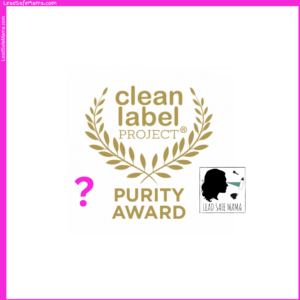
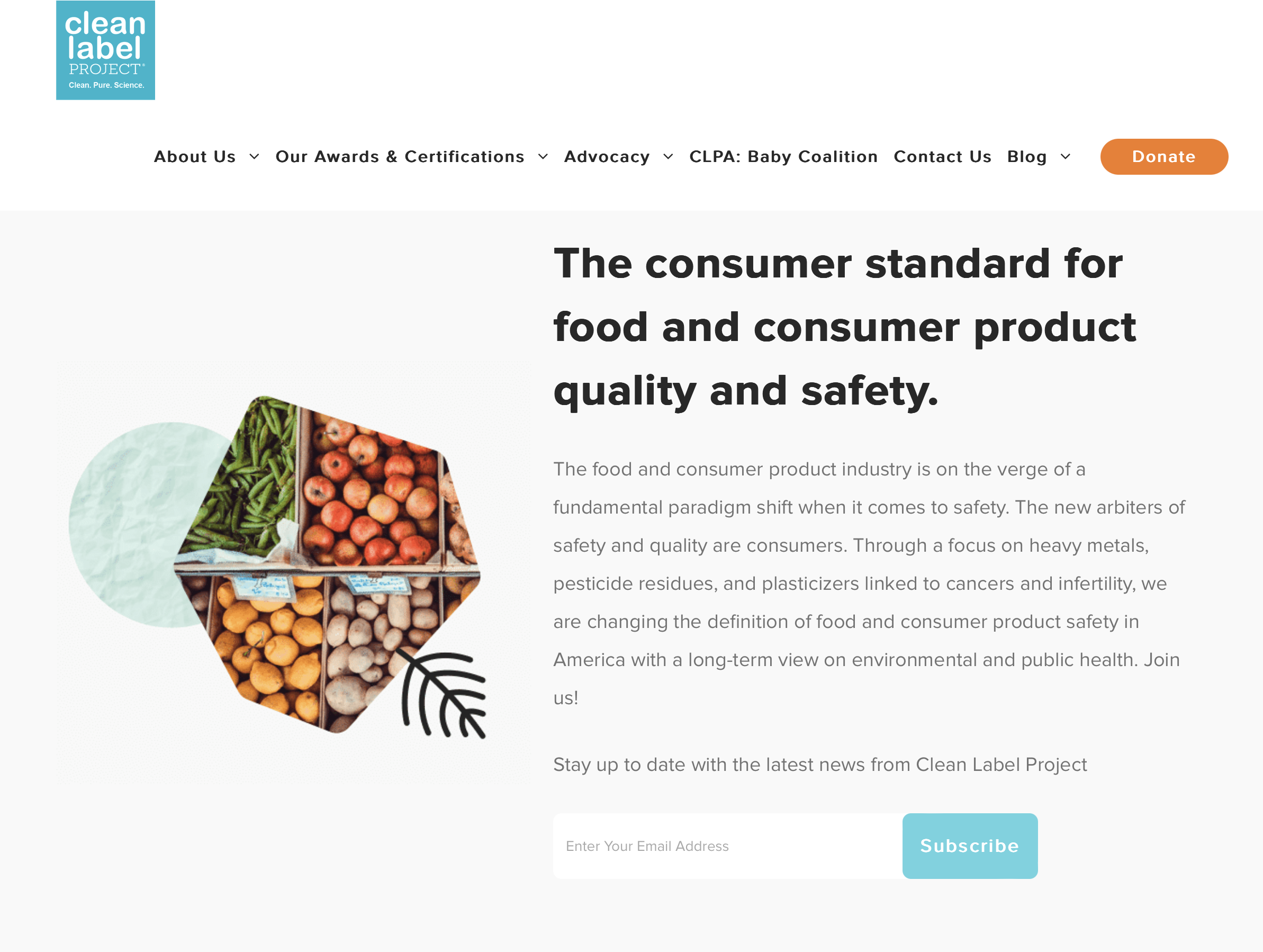
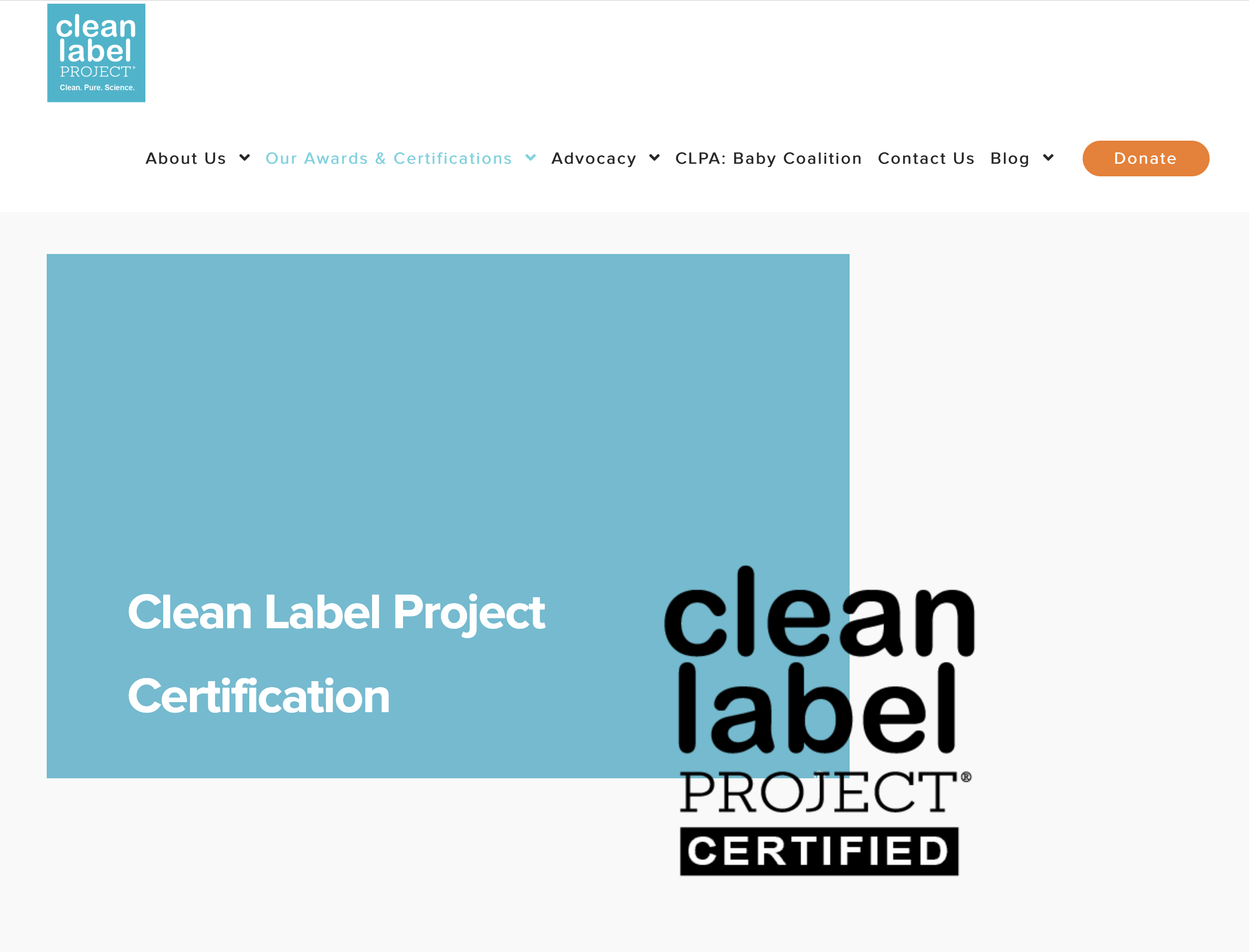
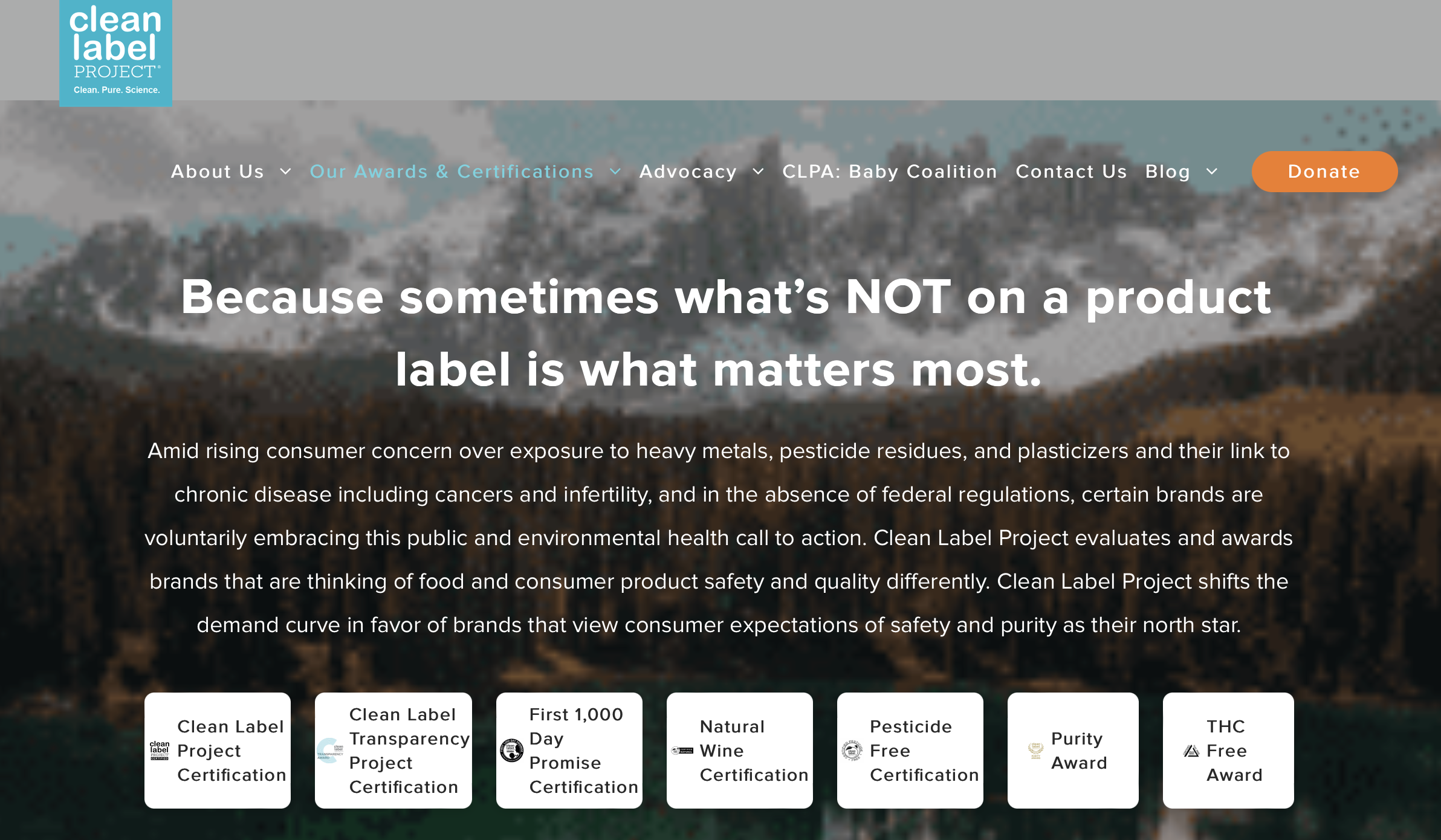
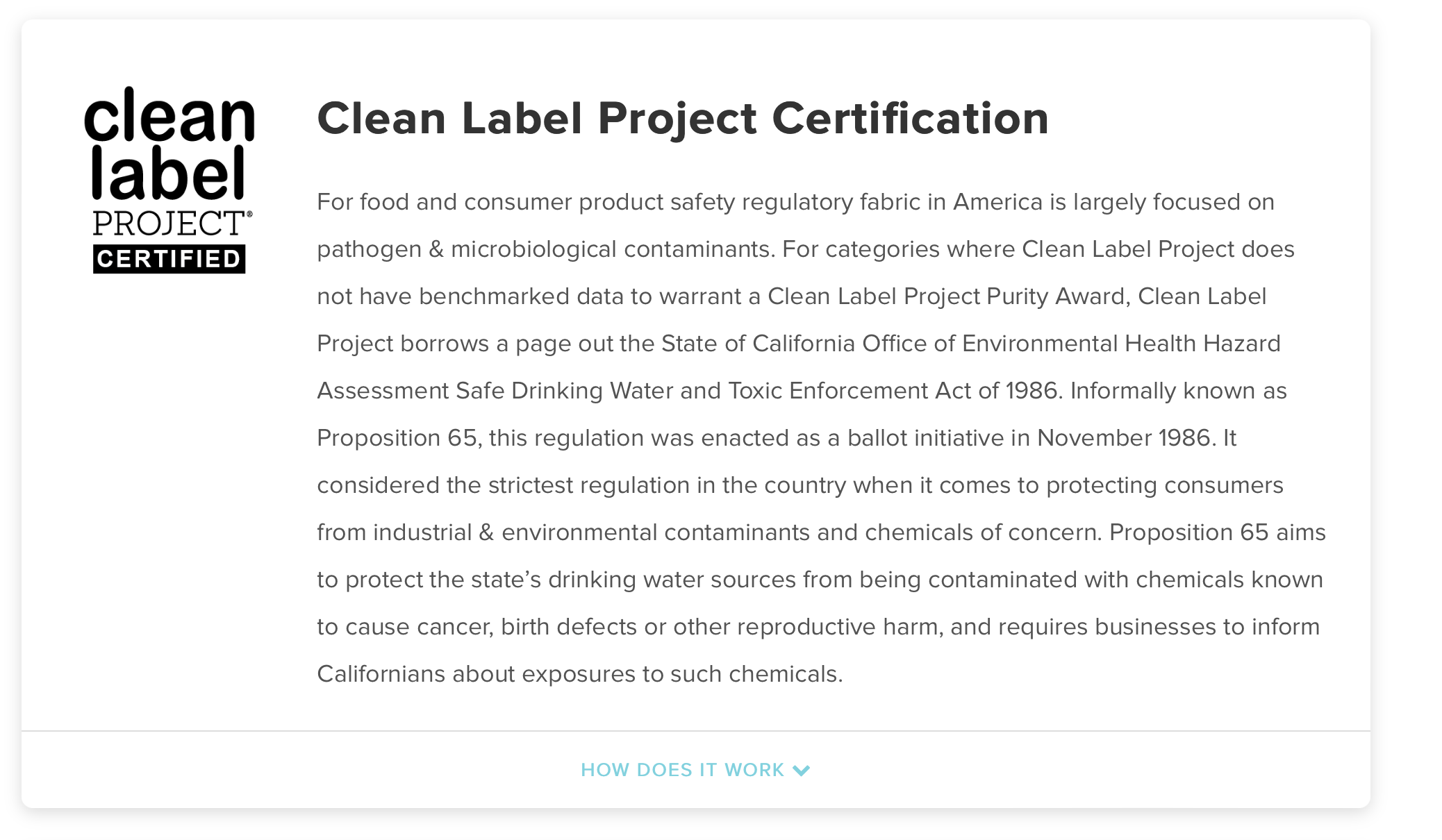
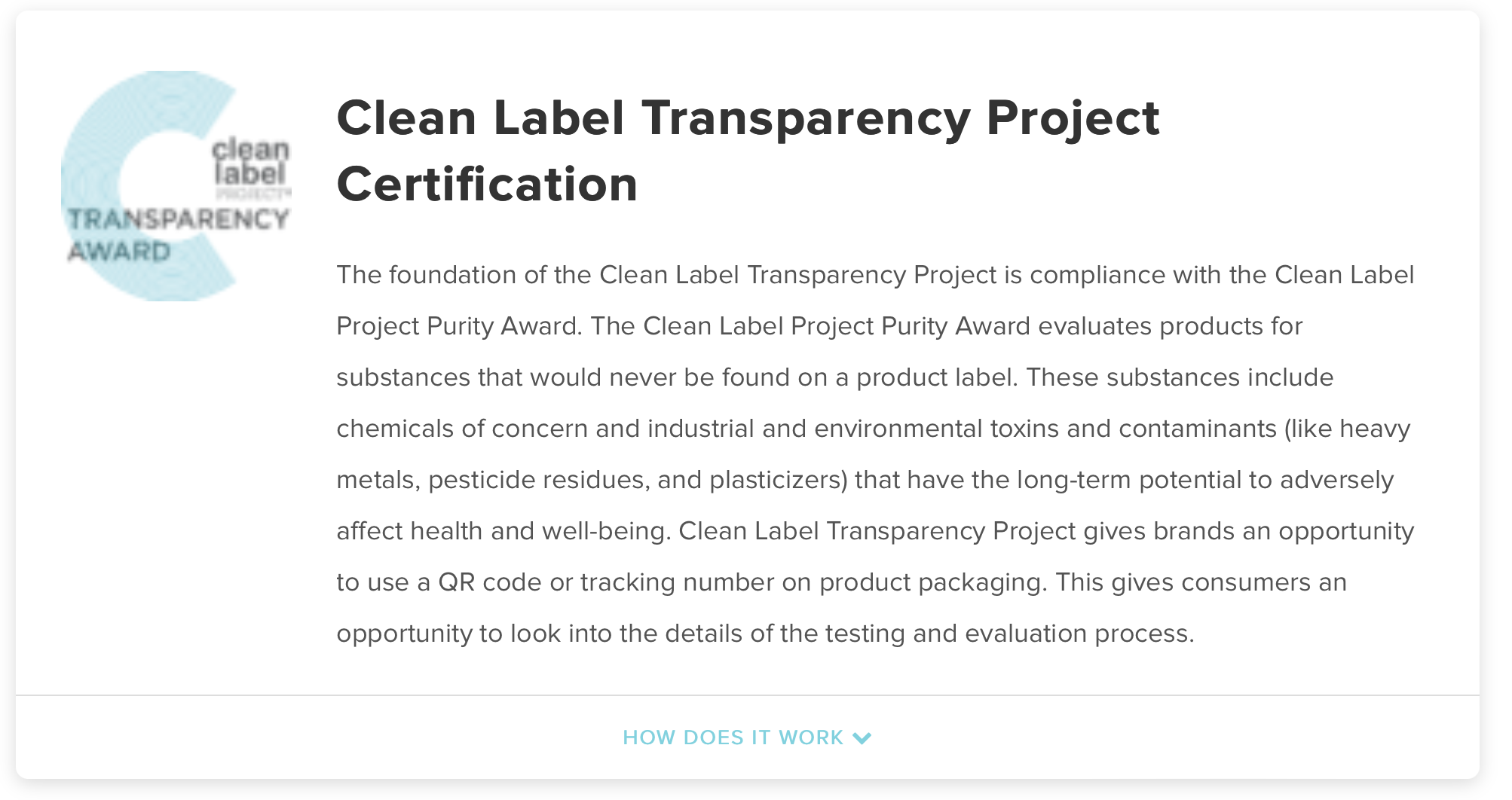
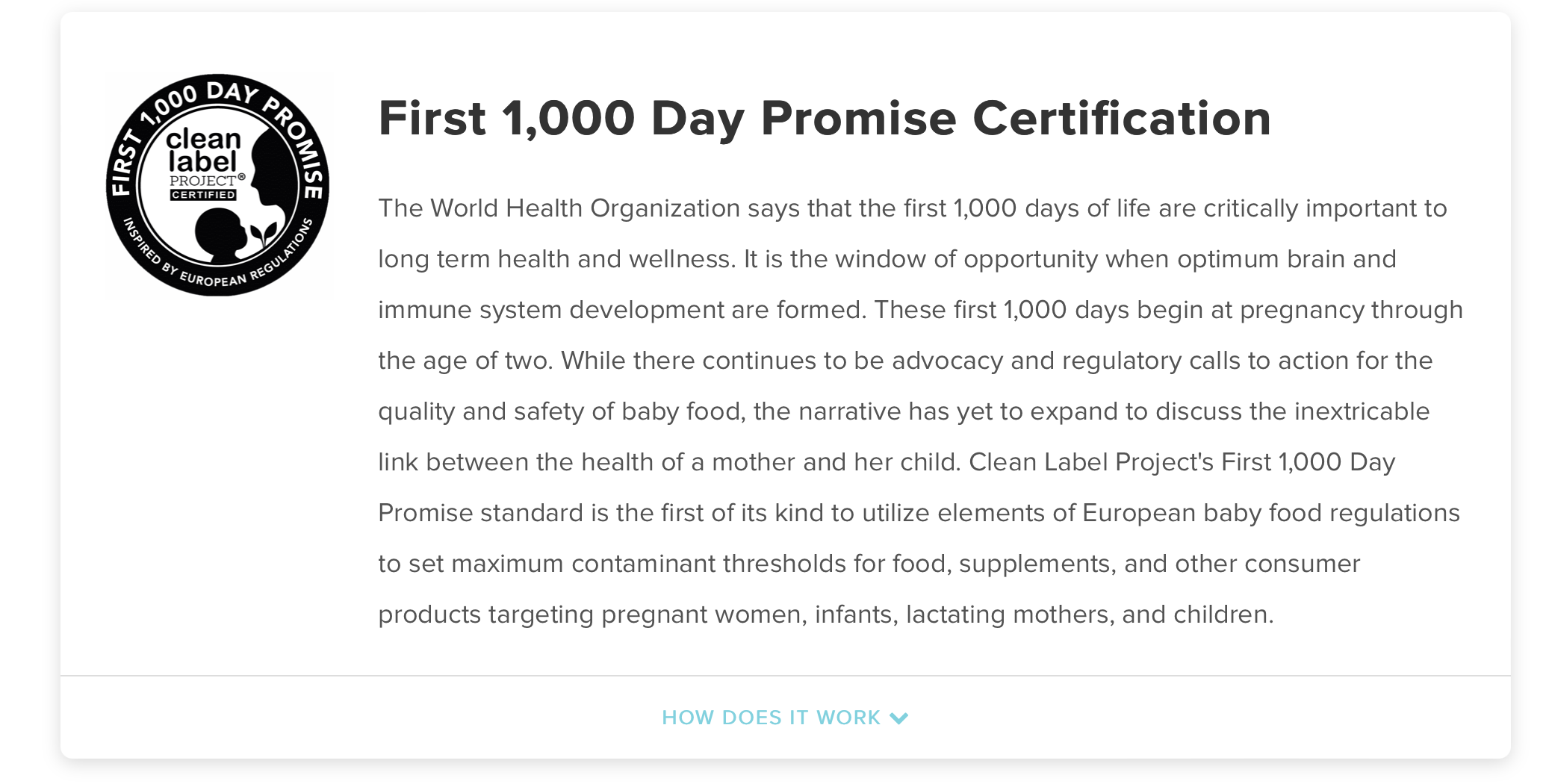
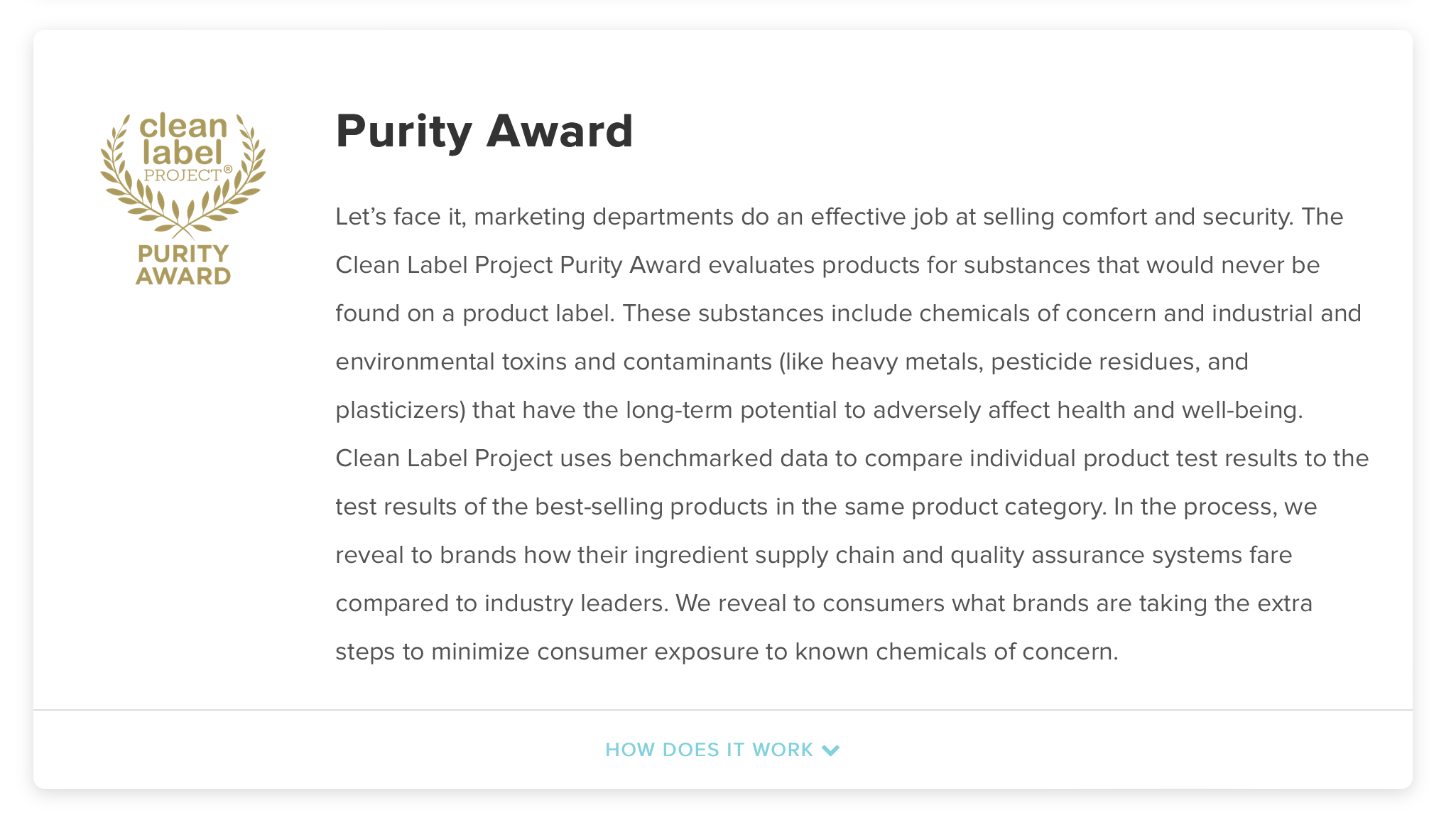
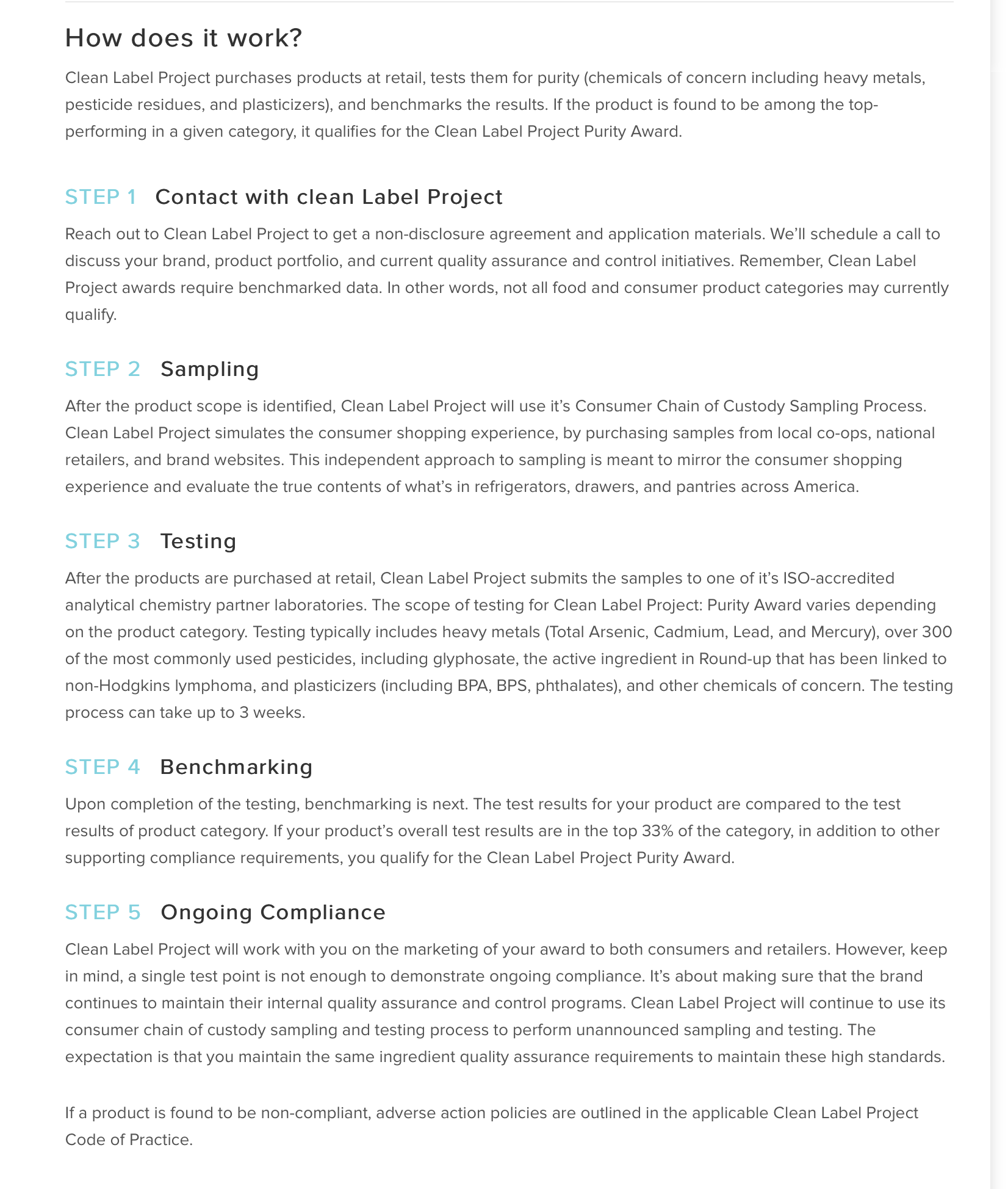
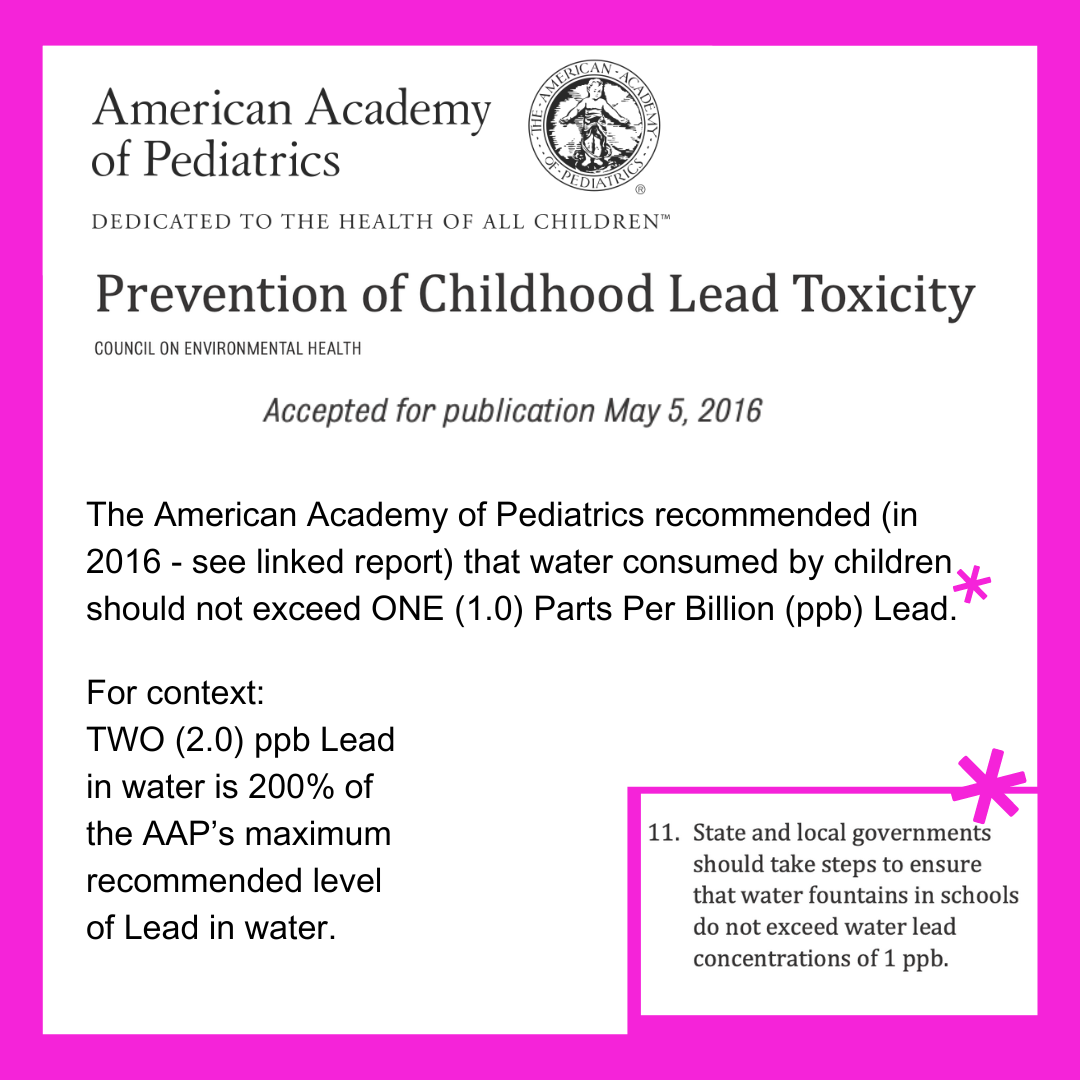


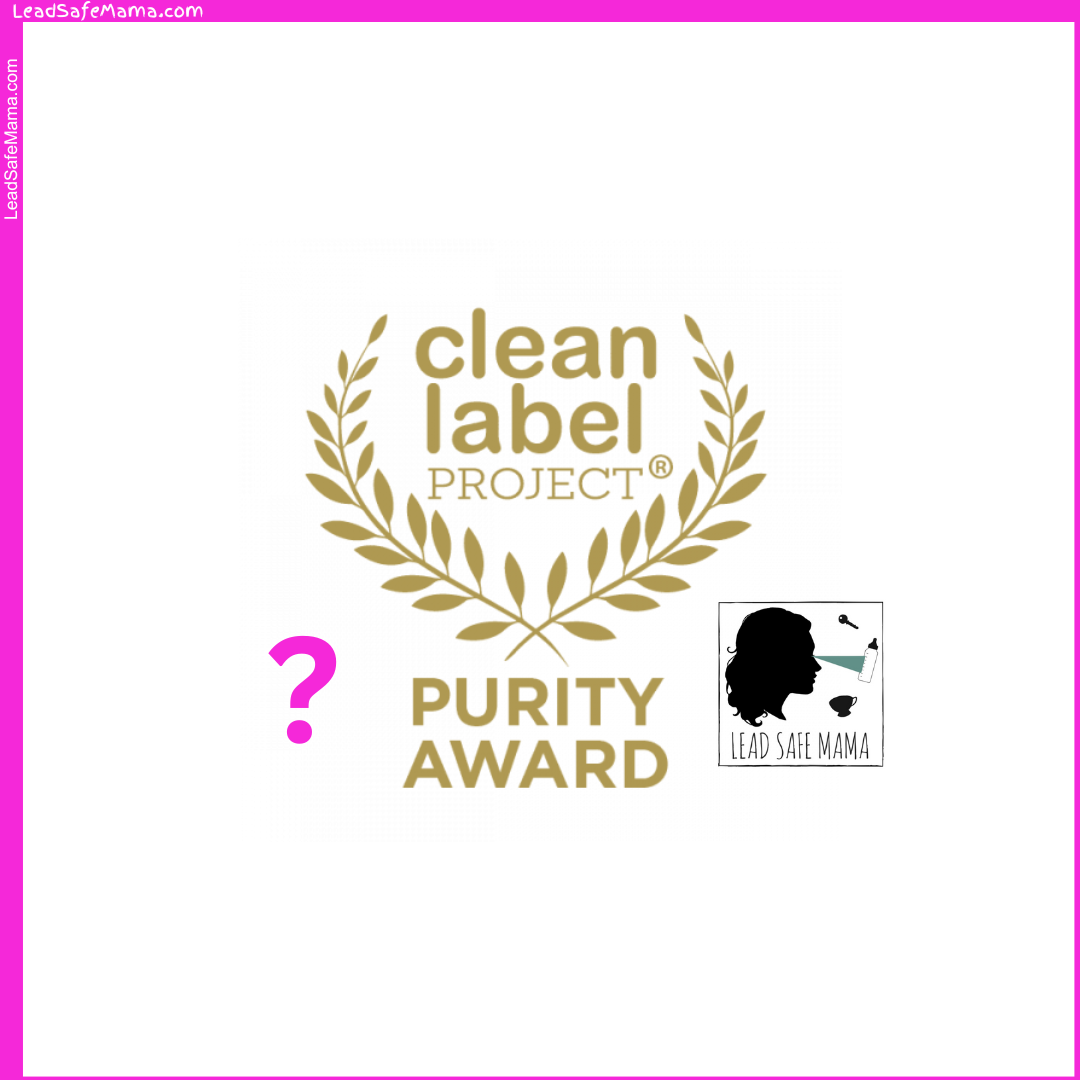

Love all the explanations! Thanks for continuously educating and empowering us. Your efforts don’t go unnoticed!!!
Clean Label Project and their sister website “Pure Market”(which has now been taken down) are a bunch of bologna. They are currently being sued by Pharmavite for being bologna and racketeering.
https://www.nutraingredients-usa.com/Article/2020/09/03/Pharmavite-sues-Clean-Label-Project-over-running-alleged-protection-racket
I laughed out loud when I read the quote by the Confectioner’s Association—1 tsp added sugars a day? Treats 2-3 times per week? Sounds like they live on the big rock candy mountain or in some other fantasy land.
I appreciated the explanation here of prop 65 (being based on serving size) vs ppb (as a level in any serving size). I didn’t quite get that as clearly anywhere else as I did in this article.
I still would prefer a more meaningful measurement. I want to know how many teaspoons of Celtic salt or cassava cereal translate into a blood level of 5 micrograms per deciliter (µg/dL) on average, for example.
That’s not something that can be assessed, there are too many factors to consider to make that determination across the board (too many variables). That’s why the medical and scientific community set the Action Level for baby foods (and foods young children eat) at a specific number, because it is more measurable – translatable and not impacted by serving size. 5 ppb Lead. Anything 5 ppb Lead or higher (for foods) has the potential to cause harm to children. Serving sizes set by corporations are not realistic and to assess danger based on an industry set serving size is not at all protective of children’s health.
Can you guide us if I company sends us their heavy metals testing results in mcg, how to covert to ppb?
Per this article – those test results are not relevant (because serving sizes dictated by manufacturers are irrelevant) which is why we are doing this testing.
Not sure why Tamara thinks it’s not relevant (maybe she can explain why?). I think this is a valid question and it is relevant because if you know the amount of lead (mcg) within a given serving size, it is possible to determine ppb. Here’s what Google says:
Yes, to convert micrograms (mcg) from a serving size to parts per billion (ppb), simply divide the number of micrograms by the volume of the serving size in liters (assuming a liquid), as 1 microgram per liter is equivalent to 1 ppb; formula: ppb = (mcg / volume in liters).
Key points to remember:
1 microgram per liter = 1 ppb
If your serving size is in grams, you need to convert it to liters first by considering the density of the substance.
Example:
If a serving of water contains 2 micrograms of a contaminant and the serving size is 200 milliliters (0.2 liters), then the concentration in ppb would be:
ppb = (2 mcg / 0.2 L) = 10 ppb
It’s not relevant because there is no safe level of Lead (all federal agencies agree that there is no safe level of lead). So any amount is too much (regardless of serving size).
T
Can you link some of the scientific articles that show that heavy metals are toxic to humans at low levels? I want to send it to a CEO of a powdered greens product and I don’t think the narratives on your page will be enough.
My film explores this in detail – interviews with the scientists themselves. Have you seen the film yet? If not – here’s the link:
https://youtu.be/lMbhbwMhs1U?si=oGk2gQzNIAf0Dwp-
Your article is very informative! I have been using Redmond salt for the last couple of years! I have just discontinued my subscription, After reading your article.
I see you have a list of lead free salts but I am also interested in having a lead free cooking salt. Do you have any suggestions?
Every time I go to your site and read, I become more and more educated about the hazards of lead and heavy metal contamination. Ignorance might be bliss, but it will cause health, behavioral and intelligence issues in generations to come. Thanks for what you’re doing to keep food companies, and government agencies on their toes.
Thank you
First, thank you for all the hard work you do. I really appreciate it. I have learned some valuable information about the big categories of ingredients (not necessarily products/brads) to avoid.
I have just started looking into Clean Label Project so I don’t claim to have much information yet, but I do need to say that because a product may have a Clean Label Project certification that does not make me personally think the product is “clean” or “safe” (those are subjective terms) because as we know it is extremely hard to be able to eat ourselves and feed kids with a reasonable amount of ease and not constantly thinking about every move. So as I look into Clean Label Project overall, I have already assumed that as a broad statement these products should be a “SafER” not safe or clean – just hopefully a safer and cleaner choice. In my world, that is better than just blindly choosing foods with no info on harmful ingredients. I hope I find that Clean Label Project products do just that, if nothing else. If I am wrong about that as a broad statement, then please feel free to correct me. Thank you again for all your hard work in this difficult part of life.
Quick note further to my above comment – when I first started looking into heavy metals in food, I was making all around me crazy by constantly giving unsolicited information on what they should and shouldn’t be eating/feeding their kids, etc. I had to dial it wayyy back to save my sanity. I realized I need to be aware of (again) at least broad categories of things to stay away from but not spending endless hours writing down specific products, etc. I just wanted to clarify that because above I said “not necessarily products/brands” on Lead Safe Mama site – I didn’t want to imply that you don’t do that as you certainly DO provide that info and I am immensely grateful for it, but I meant that I personally had to shift to just looking at the big categories instead of each product. Life is so hard in so many other ways at the moment that I had to find a balance of knowledge and what is realistic to live with. I truly hope all your efforts are able to bring about change in our government standards, hopefully sooner rather than later.